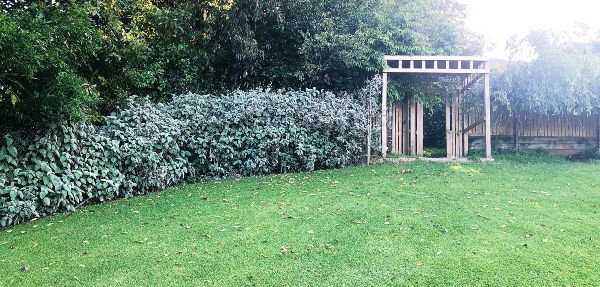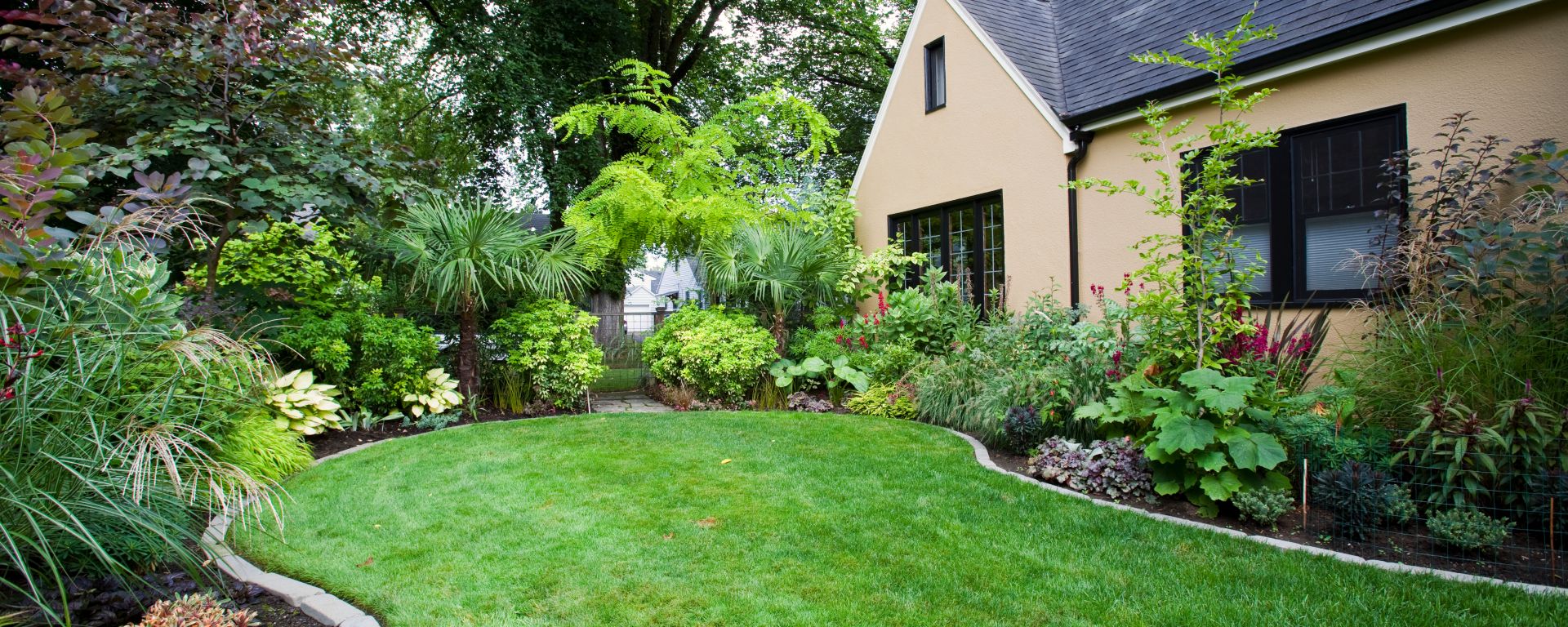Having a beautifully lush garden is an addition that adds a great amount of value to a home and makes for entertaining summer days. What many people don’t realise, though, is that it’s the winter gardening and outdoor maintenance that makes a summer garden stand out even more. That’s right, gardening is not just an activity for warmer weather; in fact, there are many risks to be avoided and advantages to be gained from preparing your garden for winter.
As the winter season approaches, it’s crucial to prepare your garden for the cold temperatures and harsh conditions. By taking the time to properly winterise your garden, you can protect your plants, prevent damage, and ensure a healthy garden to enjoy during the warmer seasons. In this article, we will guide you through essential tasks and provide helpful tips to prepare your garden for winter.
Assessing Your Garden’s Needs

Getting to know your garden and what works well for it is one of the best ways to keep it healthy all year round. Here are some tips you can use when assessing your garden’s needs.
1. Evaluating Plant Hardiness
Before winter arrives, it’s important to know the hardiness (ability to endure difficult conditions) zone of your area and understand which plants are suitable for your garden over winter. Take the time to research and identify which plants in your garden will be vulnerable and which will be more tolerant.
2. Inspecting Garden Structures
Garden structures such as fences, trellises, and sheds will need to be inspected before winter begins for any signs of damage or weakness. Repair or reinforce them as necessary to ensure they can withstand strong winds, cold weather, and any other winter conditions.
Essential Tasks for Winterising Your Garden

Once you’ve done the necessary assessments and evaluations, there are certain tasks that will keep your garden thriving throughout winter so that it makes it out of the cold weather ready to bloom. Use the tips below as a guideline.
1. Clearing and Cleaning
Before winter sets in, clear your garden of any debris, fallen leaves, and dead plants. Not only is this important for your garden’s appearance, but also for the prevention of pests, diseases, and the growth of mould or fungi. Consider composting the leaves for future use.
2. Pruning and Trimming
Proper pruning and trimming before winter can help promote healthy growth and reduce the risk of damage from heavy ice or snow (if you experience any in your area). Remove any dead branches from trees and shrubs and cut back perennial plants to ground level, leaving only a few centimetres to protect the crown. However, be careful not to prune too much as it could result in vulnerability to frost, which will ultimately affect new growth.
3. Mulching and Protecting Plants
Mulching is an essential step in protecting plants during winter. Not only will it insulate the soil, but it will also regulate temperature and retain moisture. Straw, shredded bark, or compost are great organic mulch choices. Avoid piling mulch against the stems or trunks of plants, as this could end up rotting them. Aim for a thickness of 5 to 10 centimetres.
4. Draining and Protecting Irrigation Systems
To prevent your irrigation systems from freezing or getting damaged, make sure to drain and winterise them. Disconnect hoses, drain water from outdoor taps, and store them in a dry place. If you have an underground irrigation system, follow manufacturer instructions to drain the system or seek professional assistance.
Maintenance Tips for Winter Gardening

Winter gardening may not be as much of an art as summer gardening is, but there are still crucial steps to implement, especially if you want your plants to thrive when the warmer weather arrives again. Follow the steps laid out below.
1. Watering and Moisture Management
Although plants require less water during winter, soil moisture levels still need to be monitored. Water plants sufficiently before the ground freezes, and continue to water if you live in an area that doesn’t get much rain. Be cautious not to overwater, as excess moisture can lead to root rot.
2. Ice Removal
If your garden experiences heavy ice accumulation, gently remove it from plants and garden structures. A broom or a soft brush works best to avoid damaging the branches. Be careful not to shake the ice off forcefully, as this could break the plants or branches.
3. Monitoring for Pests and Diseases
Though there may be fewer of them, some insects and diseases are still active in colder climates. Regularly inspect your plants for signs of pests or diseases and take appropriate measures to address any issues. If you find any infected plants, remove them to prevent the spread of diseases.
Conclusion
Now that you know what steps to take, you can effectively prepare your garden for winter to ensure the health and well-being of your plants. The tips and techniques given above will give you and your family a dream-like garden to enjoy when the sun is shining. Remember to regularly clean and maintain your garden tools to have your outdoor arsenal working properly.
If you’d rather leave it to a professional, or you don’t have the spare time for gardening, book a SweepSouth cleaning service with a vetted outdoor SweepStar. Their passion for what they do will give you peace of mind that your garden is in the best, most capable hands possible.









